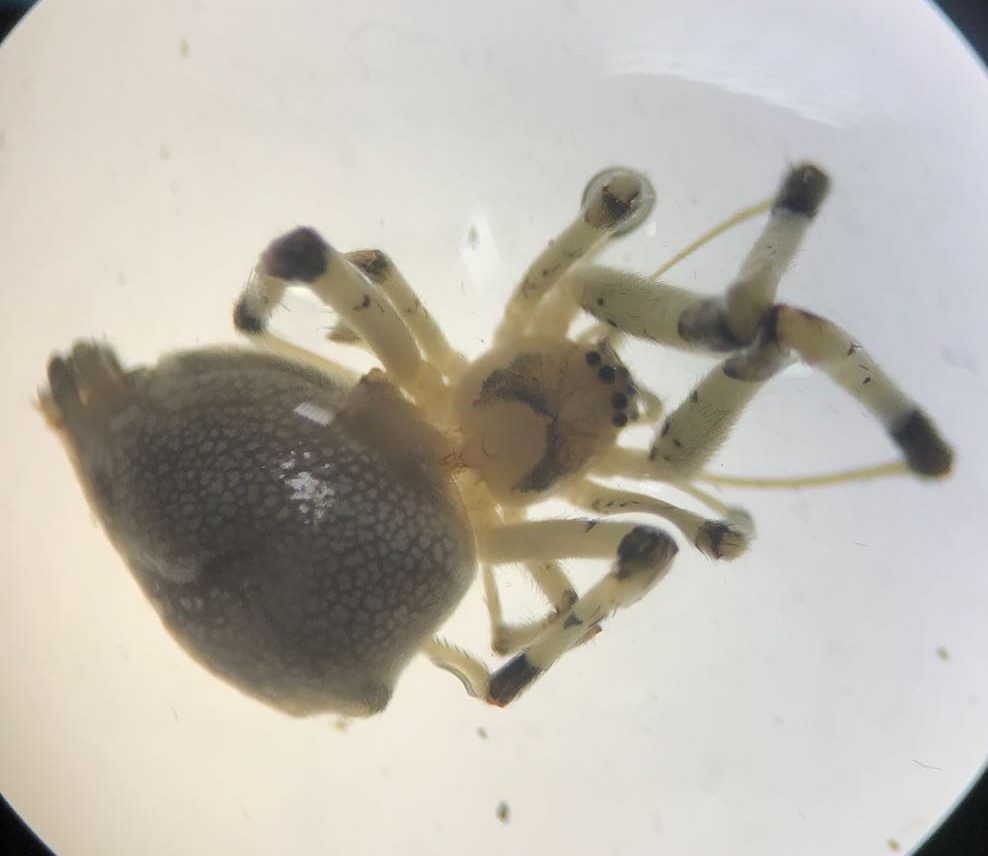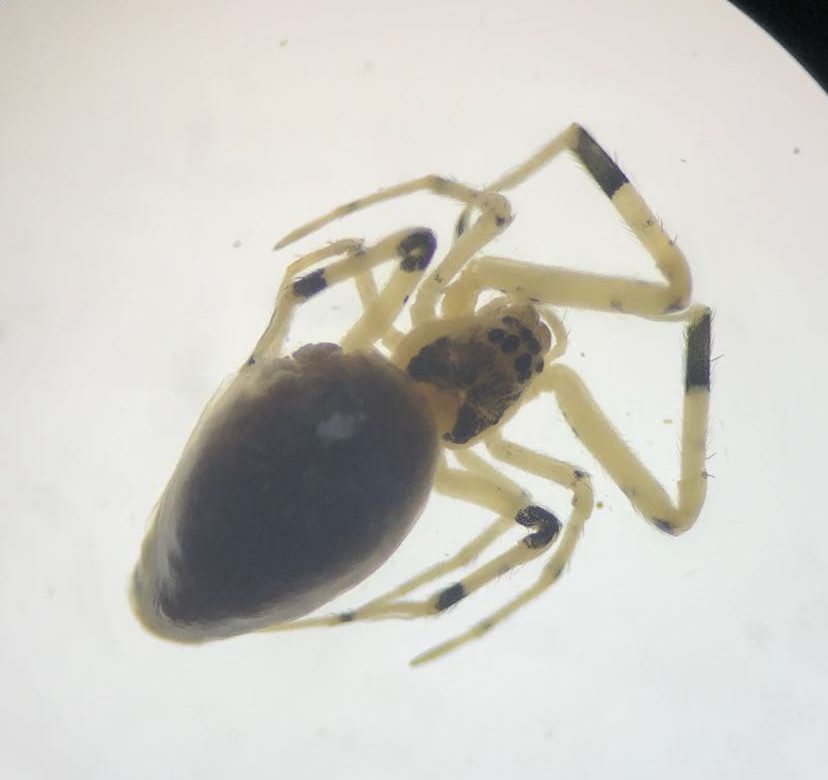Table Of Content

This is a species that grows to almost 1 inch and which is also characterized by size differences between males and females. Even the legs of males are mostly gray and black only towards the body. This hairy tarantula has a black base color in the case of females. The body of the species shows gray and black hairs with scarce white hairs along its abdomen. These types of jumping spiders have an excellent vision they rely on for spotting prey. Gray spiders may or may not always take on the appearance of the area they live in.
The Grey House Spider is commonly found in homes
Trapdoor spider: New giant species found in Australia - BBC.com
Trapdoor spider: New giant species found in Australia.
Posted: Thu, 23 Mar 2023 07:00:00 GMT [source]
In most situations, grey coloring allows them to remain undetected in front of prey such as insects or other spiders. The Grey House Spider, scientifically known as Badumna longinquus, is a species of spider that is frequently found in human dwellings around the world. It is known for its ability to adapt to indoor environments and establish itself in dark corners, crevices, and ceilings. With its greyish-brown coloration, the Grey House Spider blends seamlessly into its surroundings, making it quite inconspicuous. Occasionally, the gray house spider is also referred to as the brown house spider.
California Trapdoor Spider
Hobo spiders are common in houses in the northwestern United States. They enter homes through cracks in the fall and will find dark, damp places to hide. They are often found in basements, under bathtubs, or in wall crevices.
Steindachner’s Ebony Tarantula
Named after the Chiricahua Mountains, this species of tarantula typically hide in burrows or under wood or rocks. These types of spiders (Larinioides sclopetarius) are found around Europe, and on the US East and West Coasts along with the Southern states. These spiderlings do not live together with adult spiders and eventually move out on their own. Our commitment to delivering trustworthy and engaging content is at the heart of what we do. Each fact on our site is contributed by real users like you, bringing a wealth of diverse insights and information.
California Spiders (Pictures and Identification Guide)
Although common in homes in the southern states, it’s only the male house spiders that are seen. The spiders tend to scurry across floors and can appear aggressive. The southern house spider is a large dark brown to black spider with a large oval head and elongated fuzzy brown abdomen. Up close, pictures of this house spider show it has dark brown spiny legs and two prominent eyes on top of its head. The black house spider is identified by its dark gray to black oval abdomen covered in tiny white markings.
Unlike other spiders, wolf spiders carry their egg sac around with them, attached to their abdomen. After the egg hatches, the mother’s young climb onto her abdomen, where they remain for several weeks until they are old enough to take care of themselves. While you will find these spiders all over the US, they are particularly common in California.
Spiders of Oregon: What's lurking in your home or garden? - OregonLive
Spiders of Oregon: What's lurking in your home or garden?.
Posted: Wed, 03 Feb 2016 08:00:00 GMT [source]
Gorilla Facts One of Humans Closest Relatives

They sometimes have green on their abdomen, some have yellow or orange. The humped trashline orbweaver is a small spider that grows to around 7mm in length. They are a mix of brown, white, and black with a tapered abdomen. They are not considered deadly, but their bites are painful with uncomfortable symptoms.
Different Types of Grey House Spiders
Inside the homes, black widows usually lurk in dark, dimly lit places like crevices, closets, cluttered areas, basements, and attics. Cellar spiders are commonly found in attics, basements, crawl spaces, and undisturbed corners of rooms. The cellar spider also goes by common names like vibrating spiders, carpenter spiders, and daddy long-legs spider. However, the name daddy long-legs is also given to other arthropods like harvestmen and crane flies. You’ll often find the black house spider lurking in wall crevices, crawl spaces, behind baseboards, and window frames.
It also has long, powerful legs, giving it the ability to run fast. Although they look menacing, jumping spiders are not considered dangerous to humans. Instead, they are beneficial creatures because they feed on common garden pests like beetles, weevils, and leaf worms.
As with other tarantulas, they are large, hairy, and unnerving if you come across one, but they are not considered harmful to humans. The Johnson’s Jumping Spider is also known as the red-backed jumping spider and is one of the largest jumping spiders in North America. There are 60 common spiders you may encounter in California, some are considered medically significant, with the majority not causing harm to humans. As their name suggests, these spiders often occupy basements, sheds, garages, and even cellars if you have one. Most types of Cellar Spiders have disproportionately long legs and small bodies. Desert recluses are brown in color and, as their name implies, are particularly shy.
These common house guests are particularly unwelcome because they have a venomous bite that is especially dangerous to kids and pets. Their bite can cause necrosis, which is the death of living tissue. It isn’t uncommon for victims of these spider bites to require skin grafts on the affected area. Domestic House Spiders are not aggressive, and they rarely bite.
A classic sign of western black widow activity is messy, irregular cobwebs near vents, doors, and other places insects tend to go. While the species is venomous, the venom of these spiders doesn’t affect people. A couple of black spots can be seen just behind the head of these arachnids. Smaller males have larger gray areas across the body and even around the head. The source of light attracts these types of spiders and their prey at night.
Perhaps the most common strategy involves trapping a spider in a cup and releasing it outside, where it can presumably return to its natural lifestyle. This is a noble sentiment (and often requires quick reflexes), but as Crawford explains, it may not achieve the desired result if the arachnid is a true house spider. Wolf spiders are large, hairy hunting spiders that do not construct webs but instead spend their lives running from place to place seeking out food sources. They are frequently confused with tarantulas and are found throughout North America north of Mexico. Jumping spiders are hunting spiders that are capable of jumping up to six inches, depending on the species.

No comments:
Post a Comment